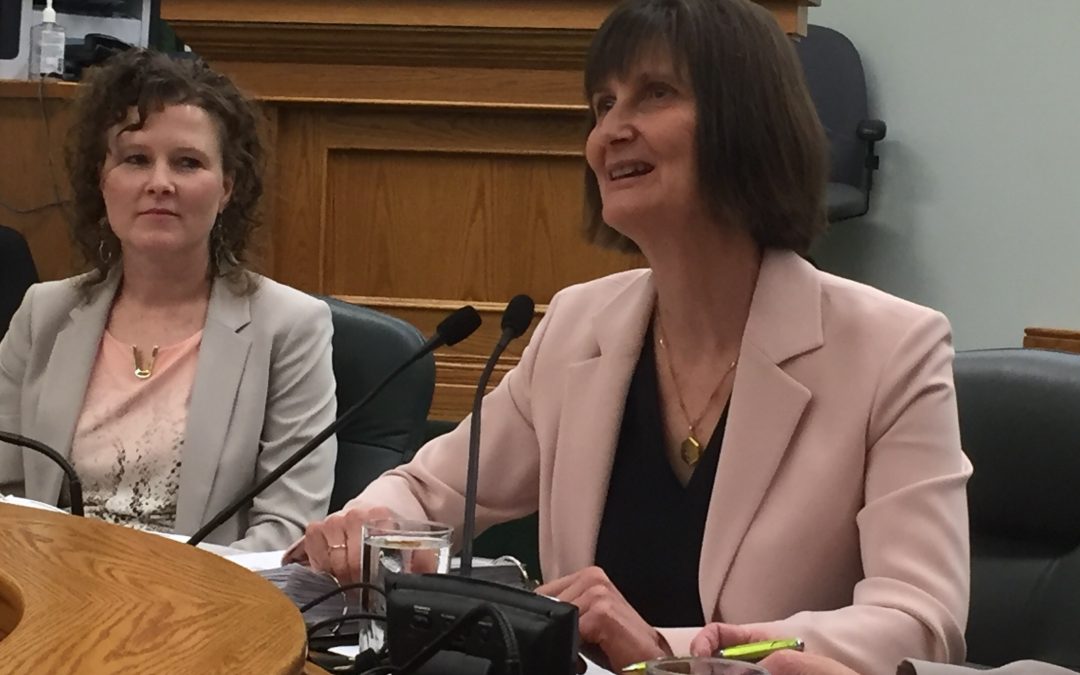The rate of suicide in northwest Saskatchewan has steadily increased, higher than the provincial average.
The Provincial Auditor’s report said the rate of suicide for every 100,000 people spiked from 18.8 to 27.9 from 2016 to 2018, yet the provincial average climbed from 16.4 to 18.7.
“The highest numbers of suicide in Saskatchewan were among children, youths and young adults. The highest number of suicide for men were in the age group of 20 to 29. The highest for women who died by suicide were those between ages 10 and 19,” the report stated.
The Saskatchewan Health Authority is being criticized for not knowing whether services available to at-risk suicide patients in the northwest address the demand for services in the area, because it does not have complete key data or that existing key data is limited.
As well, information sharing between government and First Nations agencies is limited, with Auditor Judy Ferguson calling for better co-ordination and analysis “of multi-sector suicide prevention strategies may identify duplication of services in certain communities.”
Many at-risk suicide patients may access multiple health services, as 51 percent of patients treated at North Battleford mental health inpatient services traveled from outside the area.
The report also highlights that more ongoing staff training is needed, as the SHA is not providing staff in the northwest with sufficient training to care for at-risk suicide patients.
Smaller communities have more difficulty attracting and retaining mental health staff.
As of August, La Loche had seven positions vacant.
“We found health care staff in smaller communities did not always possess educational qualifications that aligned with their job description,” the report noted.
This is because of a limited supply of potential staff.
The Health Authority has not determined training needs for staff, rather it allows staff at individual facilities to determine and co-ordinate their own training needs.
Not all staff receive the same level of training.
In 2018-19, “La Loche had 50 percent of their outpatient services staff turnover. Therefore these staff had not received Applied Suicide Intervention Skills Training at August 2019,” said the report.
Telehealth is available to psychiatric services, but that depends on the availability of psychiatrists.
“We also found patients poorly utilize telehealth to access psychiatric services in northwest Saskatchewan. In both 2017 and 2019, the rate of ‘patient no shows’ for telehealth appointments with North Battleford psychiatrists was at least 50 percent,” explained the report.
While the SHA does recognize that the rate of no shows is unproductive, there is only one room at the Battlefords Union Hospital to conduct the telehealth session, because technology does not allow psychiatrists to conduct sessions in their own offices.
“The Authority has not formally tracked or assessed why patients miss appointments. It assumes some patients may prefer face-to-face session,” the report said.
The SHA does not have the same follow-up protocols for at-risk patients accessing emergency departments.
In four cases where patients attempted suicide and were discharged from the emergency department, the Auditor found no evidence of a patient being referred to mental health or addictions services.
The report found that two of the four patients later sought mental health treatment; one person did not have ongoing contact with the health system and later died, while the fourth person did not access any treatment options.
Staff at the North Battleford emergency department did provide patients who attempted suicide with an information package, but did not refer patients for mental health outpatient services for follow-up.
(Sask Provincial Auditor Judy Ferguson, right. Photo: Dan Jones)
